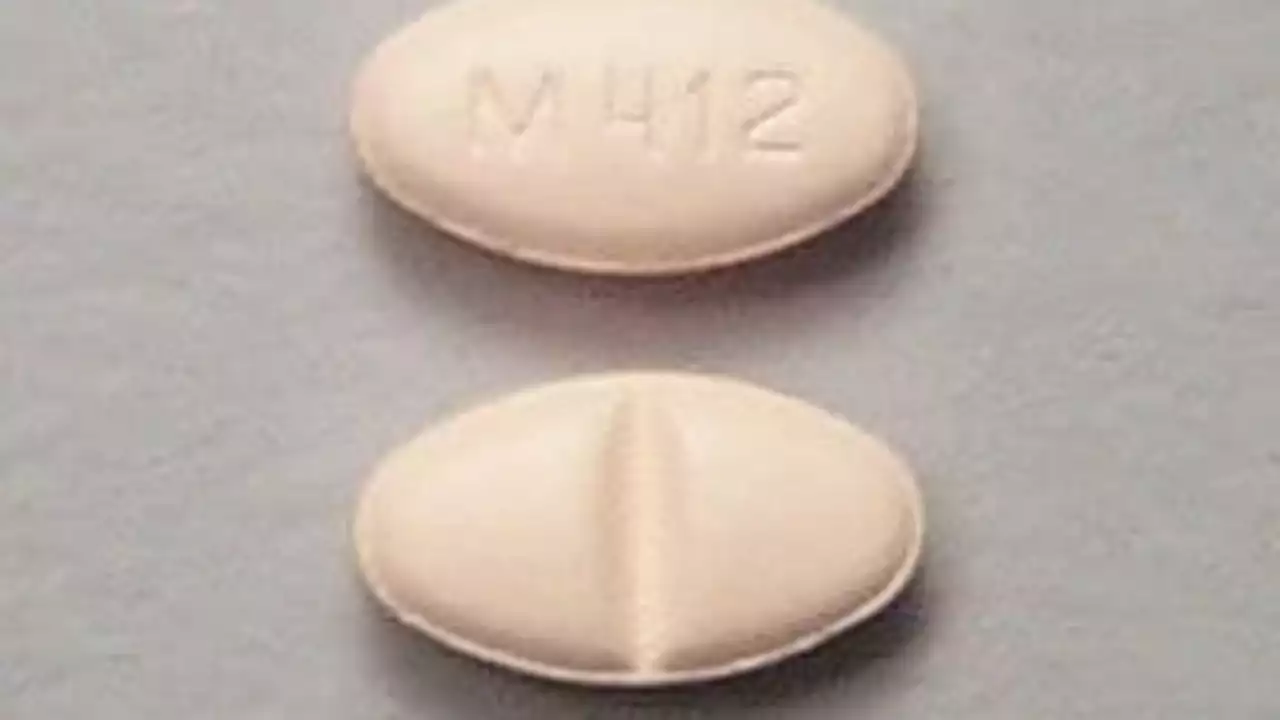Fluvoxamine is a selective serotonin reuptake inhibitor (SSRI) most commonly used for obsessive‑compulsive disorder (OCD) and sometimes for depression and anxiety. It works by increasing serotonin in the brain to help reduce compulsive thoughts and anxious feelings. You’ll see it under names like Luvox or as a generic fluvoxamine.
Doctors usually choose fluvoxamine when OCD symptoms are strong or when other SSRIs haven’t worked. In recent years it also showed promise in early outpatient COVID‑19 trials — some studies, such as parts of the TOGETHER trial, found fewer hospitalizations when high‑risk patients took fluvoxamine early. That doesn’t mean it replaces vaccines or standard care, but it’s an example of repurposing research that clinicians watch closely.
Fluvoxamine changes serotonin signalling and reduces overactive circuits that drive obsessions and compulsions. Mood and anxiety benefits often start within two to four weeks, while meaningful improvement in OCD can take eight to twelve weeks or longer. Stick with the treatment plan and keep follow‑ups with your prescriber.
Adults often start at 50 mg at bedtime to limit nausea and drowsiness. Your doctor may increase the dose gradually, commonly to 100–200 mg daily for many patients, and sometimes up to 300 mg in resistant cases. Always follow your prescriber’s schedule — don’t double doses or adjust suddenly.
Common side effects include nausea, sleepiness, dry mouth, sweating, and headache. Sexual side effects and weight changes can happen. Rare but serious risks include serotonin syndrome (especially if combined with other serotonergic drugs) and increased bleeding risk with NSAIDs or blood thinners. If you feel severe agitation, fever, or muscle stiffness, seek medical help.
Fluvoxamine strongly affects liver enzymes (notably CYP1A2 and CYP2C19), so it raises levels of drugs such as theophylline, tizanidine, and certain antipsychotics. Avoid MAO inhibitors and be cautious with warfarin, benzodiazepines, and some heart medications. Your doctor or pharmacist should review all medicines, including supplements.
Take fluvoxamine with food if it upsets your stomach, and consider dosing at night if it makes you sleepy. Don’t stop abruptly — taper under medical guidance to avoid withdrawal symptoms. If you’re pregnant, breastfeeding, or planning pregnancy, talk to your prescriber about risks and alternatives. Keep a symptom diary to track benefits and side effects, and bring it to appointments.
If you’re looking for detailed articles on safe online pharmacies, drug comparisons, or patient tips related to antidepressants, check Exact‑Pharma’s tag pages and guides. Always pair online reading with advice from your clinician.
If fluvoxamine isn’t right for you, other SSRIs like sertraline and fluoxetine are common alternatives. Talk through past responses, side effects, and other meds with your prescriber before switching. Fluvoxamine is available as a generic, so cost is often lower, but you still need a prescription. If ordering online, choose verified pharmacies and keep prescriptions and receipts. Call your pharmacist if you have any drug questions.

As a blogger, I recently looked into fluvoxamine interactions and found out that it's crucial to avoid certain medications while taking this SSRI. Some medications, like monoamine oxidase inhibitors (MAOIs) and pimozide, can cause severe side effects when taken with fluvoxamine. It's also essential to be cautious with other antidepressants, blood thinners, and drugs affecting serotonin levels. To ensure safety, always consult with a doctor before starting any new medications while on fluvoxamine. Remember, it's better to be safe than sorry when it comes to drug interactions!
Explore how sex-pharm24.com works, discover safe ordering, real product quality, and tips for discreet, secure pharmacy delivery. All you need to know in one guide.
Learn how blood cancers weaken immunity, why infections happen, and practical steps-from hygiene to medical prophylaxis-to keep you safe.
Hi there, gentlemen! In today's blog post, we're going to tackle some of the most common myths and misconceptions surrounding high uric acid levels and gout. I bet you've heard many of them before, but rest assured, our aim is to debunk these myths and arm you with the facts. Let's navigate this journey together, separating fact from fiction when it comes to your health.
Sometimes gabapentin just doesn't cut it for pain or seizures—or its side effects are just too much. This article digs into other meds that doctors often choose, breaking down how well they work and the most common side effects. From pregabalin to lesser-known options, you'll find practical details on dosing and comparisons on what users and research say. Real facts, dosing tips, and adverse event details for each option. If gabapentin isn't working for you, here's what else you can try.
Learn about common and serious side effects of pancrelipase, how to manage them, and when to seek medical help. Essential info for anyone on enzyme replacement therapy.